





British Airco (de Havilland) D.H.9
1/48 WWI aircraft scale plastic model kit
Roden 423
Manufacturer: Roden (Ukraine)
Scale: 1/48
Material: Plastic
Number of parts: .
Paint: Unpainted, Unassembled, Kit do not contain paints and glue.
Condition: New in Box
In 1916 the British aircraft manufacturer Airco produced a single-engine two-seat multipurpose airplane, which gained its place in the history of aviation as the D.H.4. Its design was so successful, that machines of this type were used right up until the end of WWI. The main weakness of the D.H.4 was the power installation several different types of engines were fitted to the airplane during its time in production, and even more were tested in experimental developments. The type had great potential for further perfection, and soon after the beginning of series production the designers led by Geoffrey de Havilland set to work on a new version of the D.H.4.
Early combat experience showed up a serious design mistake - the pilot and gunner sat some considerable distance from each other (the space between them was occupied by the fuel tank) and it greatly complicated communication between the crew during flight. Leaving the construction of the wings and the tail surfaces largely unchanged, the designers completely changed the outlines of the nose and central part of the fuselage. Now the pilot and the gunner were positioned immediately next to each other and the nose of the airplane gained a streamlined form. The airplane, now known as the D.H.9, was fitted with the B.H.P. engine, and based upon previous calculations, its performance in comparison with the D.H.4 might be substantially improved: it was expected that the airplane would be able to attain 112 m.p.h. at a height of 10,000 feet, and would also have a greater cruising radius. Flight tests of the D.H.9 took place in July 1917, and their results featured some unpleasant surprises: the B.H.P. engine was not able to develop its projected power and was limited to 230 h.p., and the type's performance indicators were either no better, or actually worse than its predecessor's. In an attempt to rescue the new development, a modified version of the B.H.P. engine was fitted to the airplane, the Siddeley Puma, however there was no noticeable improvement this time either. Another attempt was an exchange of the B.H.P. for the Fiat A-12 engine, an Italian near equivalent of the Siddeley Puma.
In the middle of 1917, while the D.H.9 was undergoing testing, its predecessor was already present in quantity in the ranks of the R.F.C. and the R.N.A.S. As the D.H.9 from the very beginning was intended as a 'modification' of the D.H.4, a preliminary order for 700 units had been issued before testing began.
Even the somewhat unimpressive results of the tests did not alter the plans of the military authorities perversely, the order for the type was increased, and just as with its predecessor, many firms were subcontracted to manufacture the D.H.9.
The first production machines were delivered to front line squadrons at the end of 1917, and by the beginning of 1918 the number of aircraft at the Front was already quite substantial. But as soon as operations with the D.H.9 in combat conditions began, it became clear that it bordered upon a complete catastrophe. German fighters destroyed the D.H.9 formations carrying out bombing missions over German territory. The situation appeared to be so dire, that the Chief of the Air Staff, Hugh Trenchard, was driven to send an official query to the Air Ministry concerning the responsibility of government officials who had equipped the air force with such an inadequate aircraft. Its mediocre flying performance was compounded by the unreliable Siddeley Puma engine.
Within the space of a few months in 1918 just two Royal Air Force squadrons at the Western Front lost over 50 machines of this type in combat, and about 100 were unserviceable due to their unreliable engines. Eventually the D.H.9 began to be removed from squadrons tasked with the strategic bombing of Germany. Some of these machines were sent to the Near East, others were put to use on coastal patrol. At the end of the war the quantity which had been delivered to the military was more than impressive, about 3,200 units. A further 800 were built in post-war months.
The combat career of the airplane was not finished with the signing of the Armistice Agreement. In 1919 many D.H.9's were sent to the rebellious colonies of British Empire, quite apart from many airplanes being bought by Belgium, Canada, the USA, Estonia, Chile, Latvia, Peru, Poland, Spain, Switzerland, Ireland, Greece and Romania. Some airplanes reached Russia on the complement of the British Expeditionary Corps, where they were later passed on to the forces of the White Army of General Denikin. During the civil war a few machines were appropriated by the Red Army.
The active service of the D.H.9 lasted the longest in the dominion of South Africa and in Spain. In South Africa there were still some machines of this type employed in training in 1938, and in Spain a small number of them were flown during the initial stages of the civil war. The "Unluckiest Airplane of WWI" remained in operational use more than twenty years after the end of the Great War.
Performances
Length
9.3m
Wingspan
12.94m
Wing area
40.00m²
Empty weight
1098kg
Loaded weit
1589kg
Service ceiling
4800m
Rate of climb
295m/min
Max speed
185km/h
Climb to height 3500m
9,5min
Engine
1x230h.p. Armstrong Siddeley Puma
Armament:
- bombs
209 kg
- machine guns
1x0.303 Vickers (RNAS machines had two machine guns), 1x0.303 Lewis on Foster mounting in rear cockpit
| General Product Info | |
| Material | NOT SET |
| Scale | 1/48 |
| Type | NOT SET |
We have the lowest worldwide shipping. And it's totally simple.
EUROPE, USA, CANADA TURKEY, ISRAEL, EGYPT, UE CHINA, JAPAN, HK, S.KOREA | AU NZ MX South America, Asia | |
| Order weight up to 0.22kg or 0.48lb | US$ 8.90 | US$ 8.90 |
| Order weight up to 0.44kg or 0.97lb | US$ 13.95 | US$ 17.90 |
| Order weight over 0.44kg or 0.97lb | US$ 19.99 | US$ 29.99 |
| Order total over $150 | FREE | PROMO US$ 19.99 |
Shipping to some countries not qualifies for the free shipping option but costs not over $29.99 for any sized order. Sorry for that, your location is too far.
- Stock: Out Of Stock
- Model: RN423
- Weight: 0.87lb
- DATE ADDED: 22/07/2010




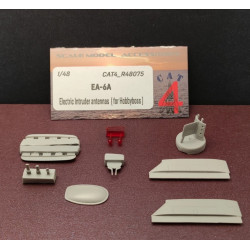

















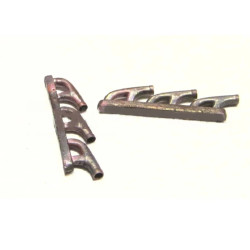










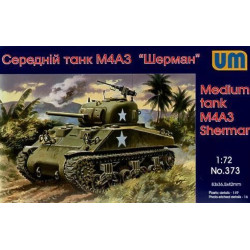









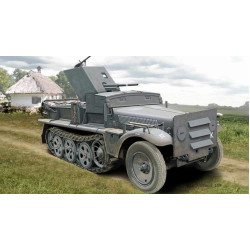





















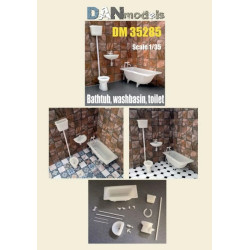










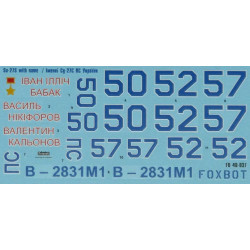








































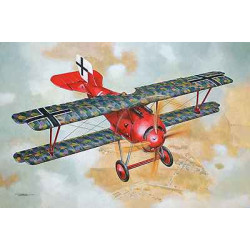
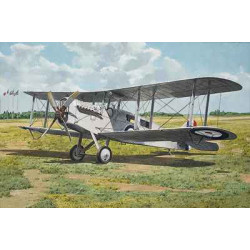


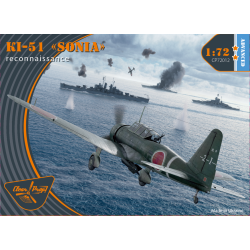

-250x250w.jpg)
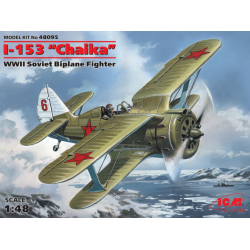


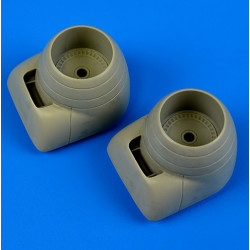






-250x250w.jpg)













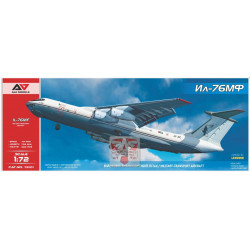







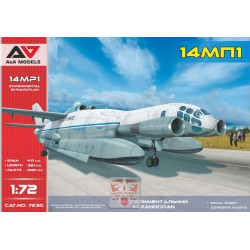






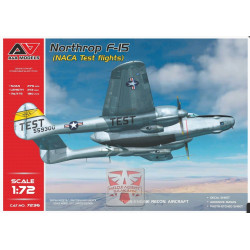





-250x250w.jpg)

-250x250h.jpg)

-250x250w.jpg)

-250x250w.jpg)

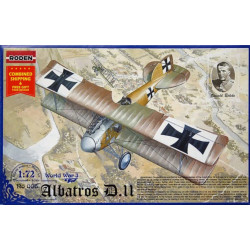





-250x250w.jpg)


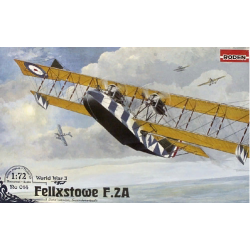


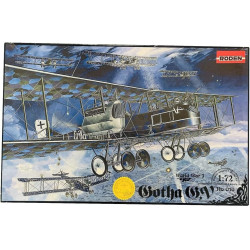
-250x250w.jpg)





-250x250w.jpg)

-250x250w.png)

